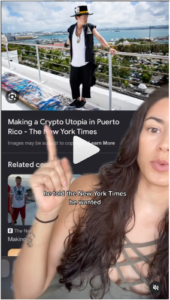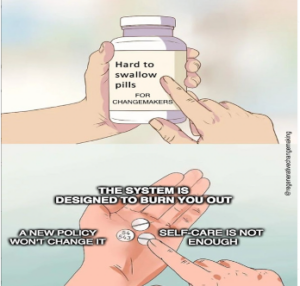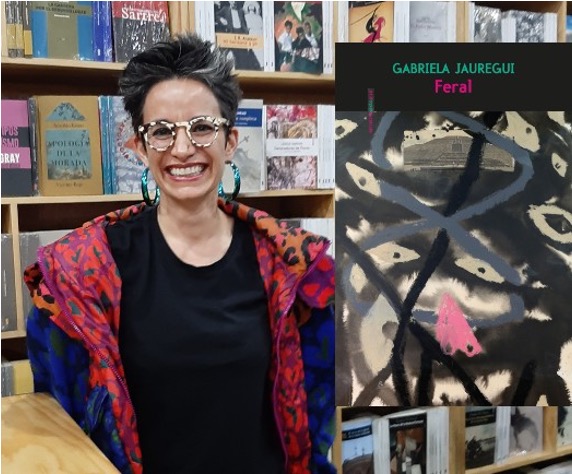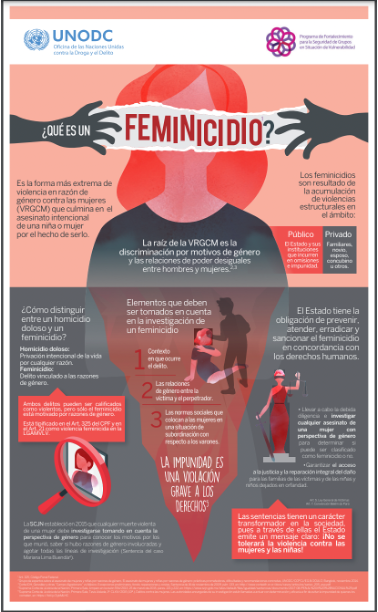Creative Formats Copy

A format in the context of storytelling refers to the specific structure or presentation style chosen to convey a narrative. Formats can vary widely, encompassing diverse mediums such as written articles, visual infographics, video documentaries, podcasts, and more. Each format offers a different way of organizing and presenting content, influencing how the audience receives and interprets the story. Choosing the right format is crucial, as it determines the overall tone, impact, and effectiveness of the storytelling experience.
Similar to how different colours evoke different emotions or highlight specific aspects of an artwork, diverse content formats serve specific purposes in communication. A compelling video might stir emotions, an infographic simplifies complex ideas, and a blog post allows for in-depth exploration. People have varying preferences in consuming information, and a mix of formats caters to those diverse preferences, making the campaign more effective and inclusive.
In the realm of a successful campaign, consider each content format as a unique tool in your toolkit, serving specific purposes and tasks. Much like a carpenter who carefully selects different tools for cutting, shaping, and joining, your campaign benefits from employing various content formats to communicate, engage, and inspire.
Imagine your campaign’s goals as intricate woodworking tasks – raising awareness, mobilizing support, or educating the audience. Each format, becomes a specialized tool designed for a distinct purpose within the larger objective.
The campaign becomes a dynamic and adaptable force, using the right tool (format) for the right job (goal), ensuring a more profound impact on your target audience.
Social Media Formats

In today’s connected world, social media is a crucial tool for campaigns. It offers a platform to share impactful visuals and stories, reaching a wide audience. Platforms like Instagram, Facebook, and Twitter turn supporters into advocates, building a community around shared values. Live videos and interactive polls add authenticity and foster dialogue. Hashtags amplify messages, creating a virtual rallying cry. The essence of social media campaigns lies in diversity—varied content formats, voices, and perspectives.
In the digital age, every share, like, and comment becomes a catalyst for change. Storytelling is key, allowing campaigns to resonate and challenge norms. Navigating the social media landscape, campaigns shape narratives and carve a path toward a brighter future. It’s not just about followers; it’s about forging connections that spark revolutions.
In today’s digital world, especially thinking about social media, formats are ever-evolving. Here are some creative formats that can be used for social media in the context of a campaign for social change:
- Visual Stories: Instagram/Facebook Stories: Share behind-the-scenes glimpses, updates, and short narratives. Infographics: Present key information and statistics in a visually appealing format.
- Interactive Content: Polls and Surveys: Engage your audience by seeking their opinions on relevant issues. Quizzes: Create quizzes to educate and entertain while conveying important messages.
- Video Content: Live Videos: Conduct live sessions for Q&A, discussions, or updates. Short Videos: Share impactful stories or messages in bite-sized video clips.
- User-Generated Content: Contests and Challenges: Encourage users to create content related to your cause. Testimonials: Share stories and testimonials from individuals affected or inspired by your campaign.
- Visual Campaigns: Profile Picture Frames: Create frames that supporters can use to show solidarity. Visual Hashtags: Design unique and visually appealing hashtags to promote your campaign.
- Educational Content: Carousel Posts: Use multiple images in a single post to provide in-depth information. How-to Guides: Share step-by-step guides on taking specific actions related to your cause.
- Timely and Trendy Content: Relevant Memes: Share memes that align with your campaign’s messaging. Trending Challenges: Participate in popular challenges while incorporating your campaign message.
- Engaging Captions: Craft compelling and thought-provoking captions to accompany your posts.
Remember to tailor these formats to suit your campaign’s tone, goals, and target audience. Experimenting with a mix of these creative formats can help keep your social media content engaging and impactful.





Case Study: Feminicidios in Latin America – Creative Formats
Feminicide, or femicide, refers to the intentional murder of women and girls based on their gender. This term underscores the systemic nature of gender-based violence, often perpetuated by deep-seated cultural, social, and institutional biases. In Latin America, where rates of such violence are particularly high, feminicide has garnered significant attention.
The region has seen a proactive fight against feminicide, characterized by both grassroots activism and legislative reforms. Movements like “Ni Una Menos,” originating in Argentina, have been pivotal, spreading across countries and highlighting the urgent need for government action. These movements have successfully pressured governments to recognize feminicide as a distinct crime, leading to the establishment of specialized legal frameworks aimed at addressing and penalizing this violence more effectively.
Despite these advancements, the battle is far from over. Challenges such as corruption, impunity, and inadequate judicial systems often undermine efforts. However, continuous public demonstrations and the persistent work of NGOs emphasize the critical demand for change and accountability. Latin America’s fight against feminicide remains a dynamic testament to the power of collective action and the ongoing struggle for women’s rights and safety in the face of systemic violence.
Here is an example of how a social topic can be addressed creatively in different formats


